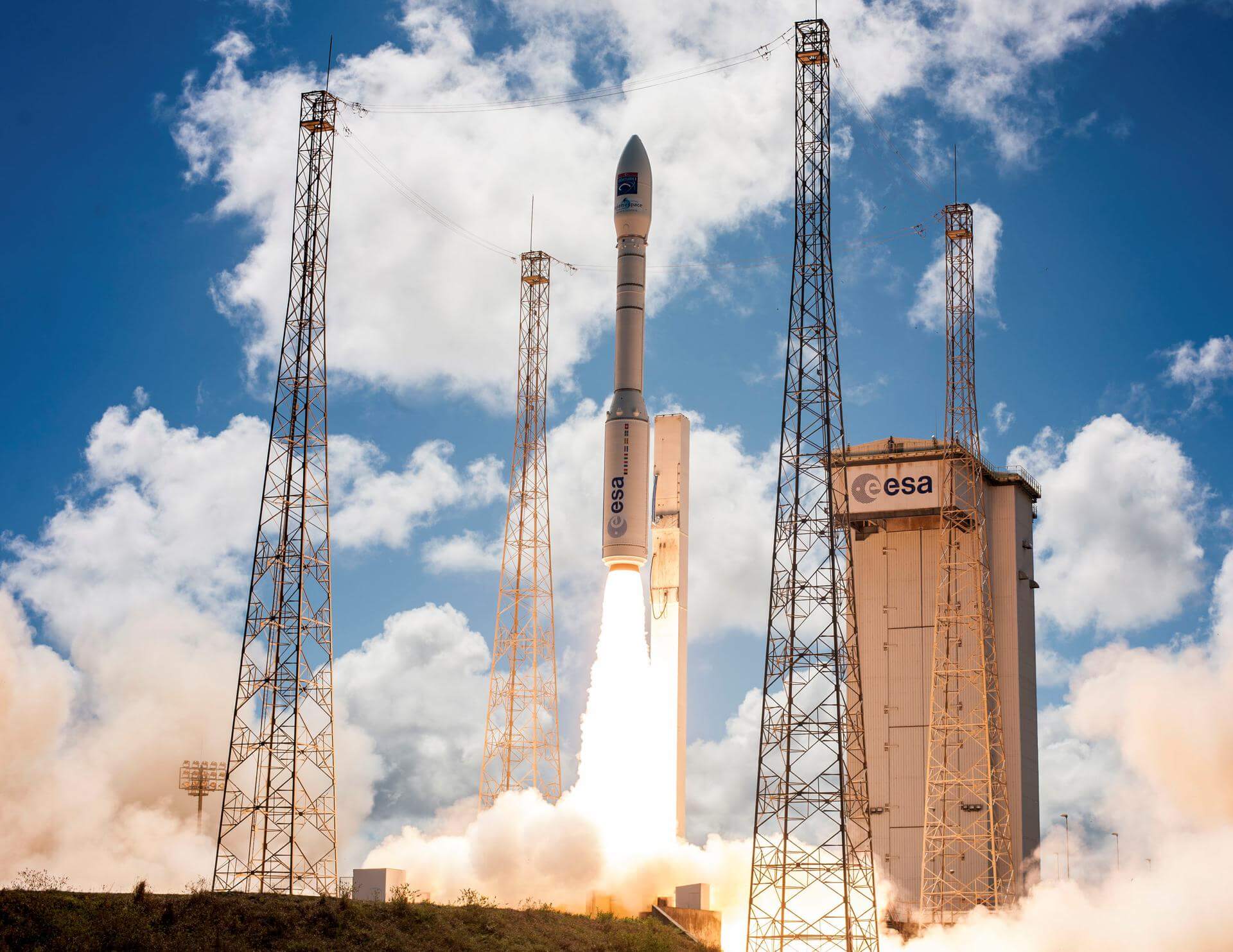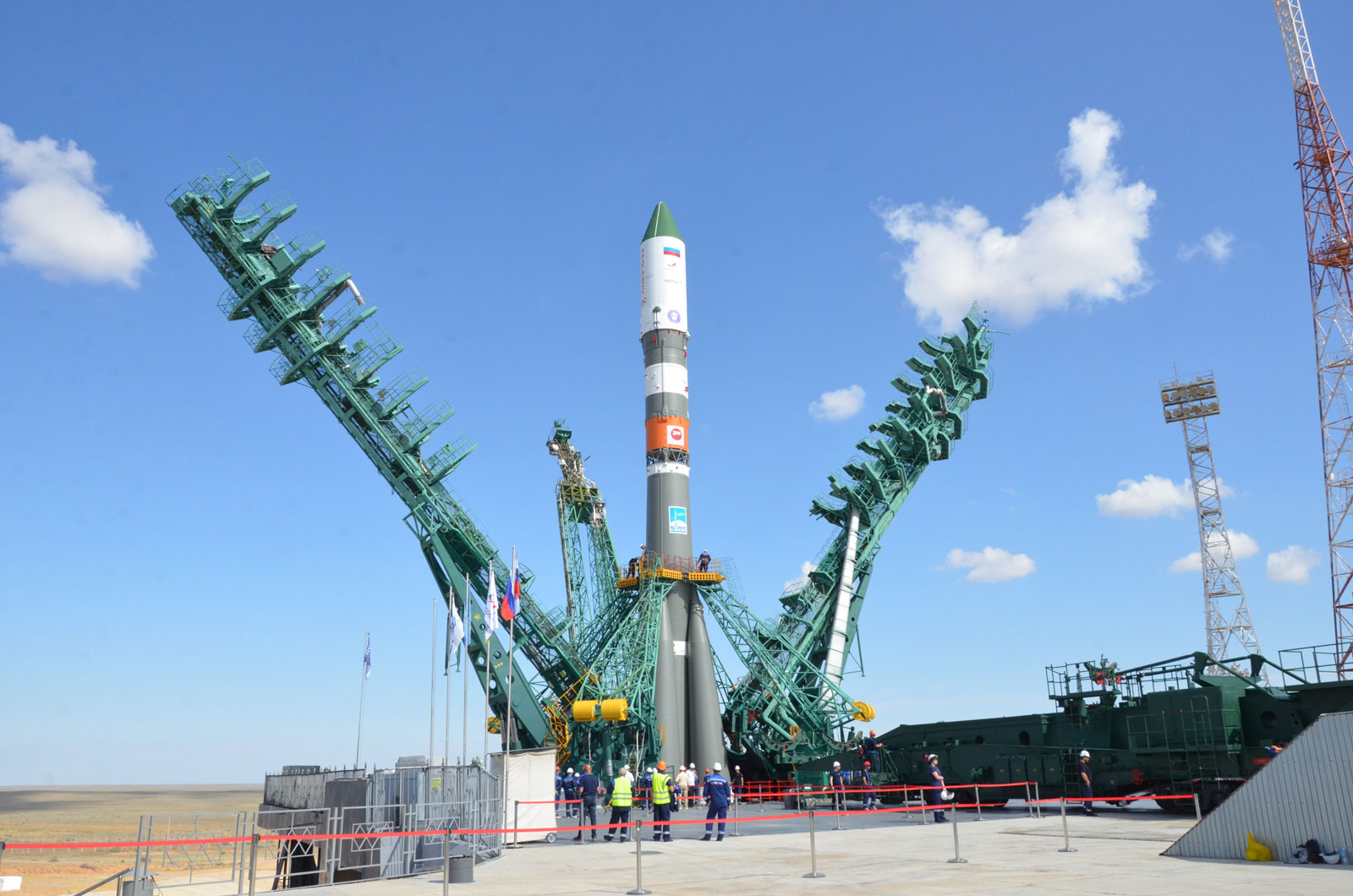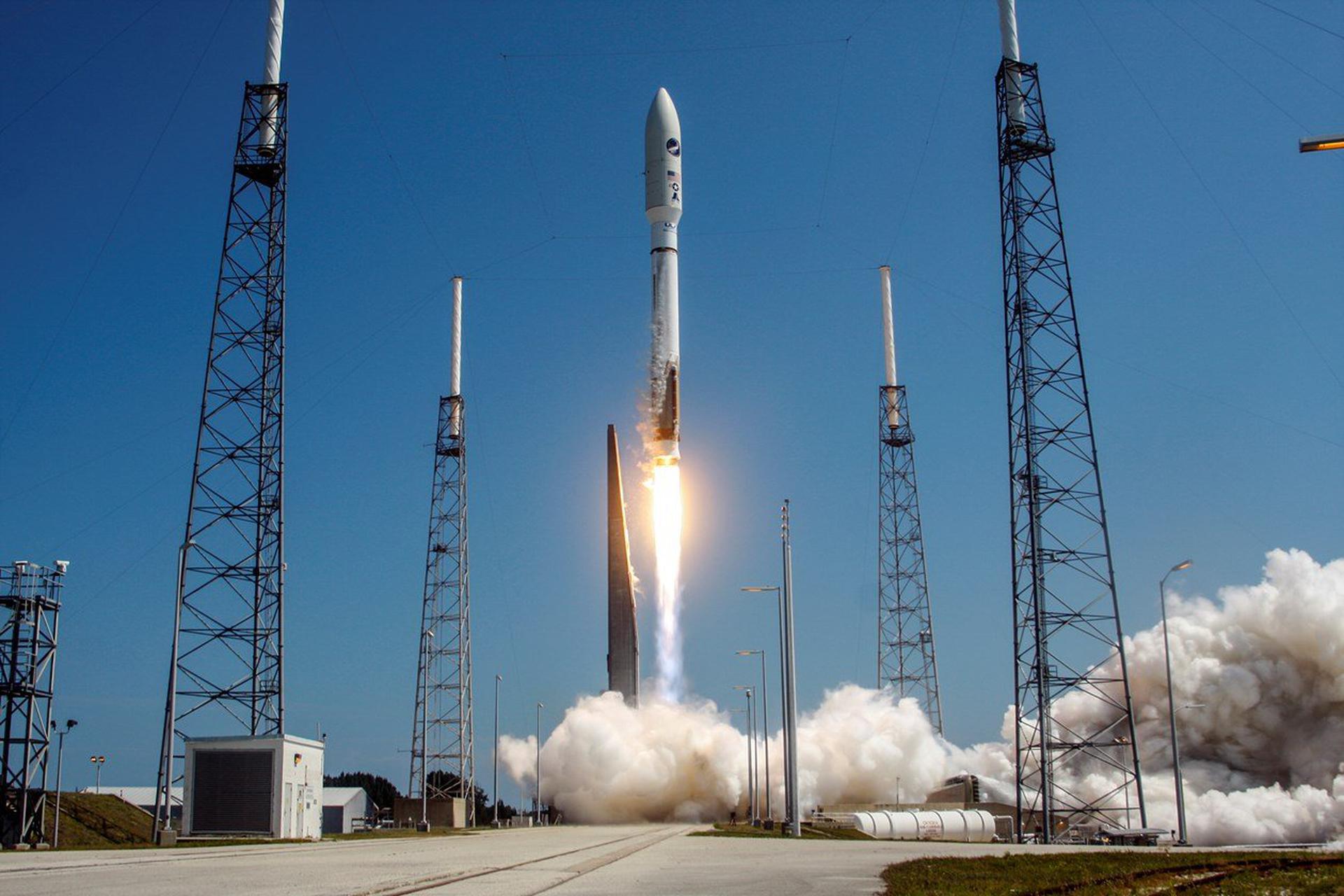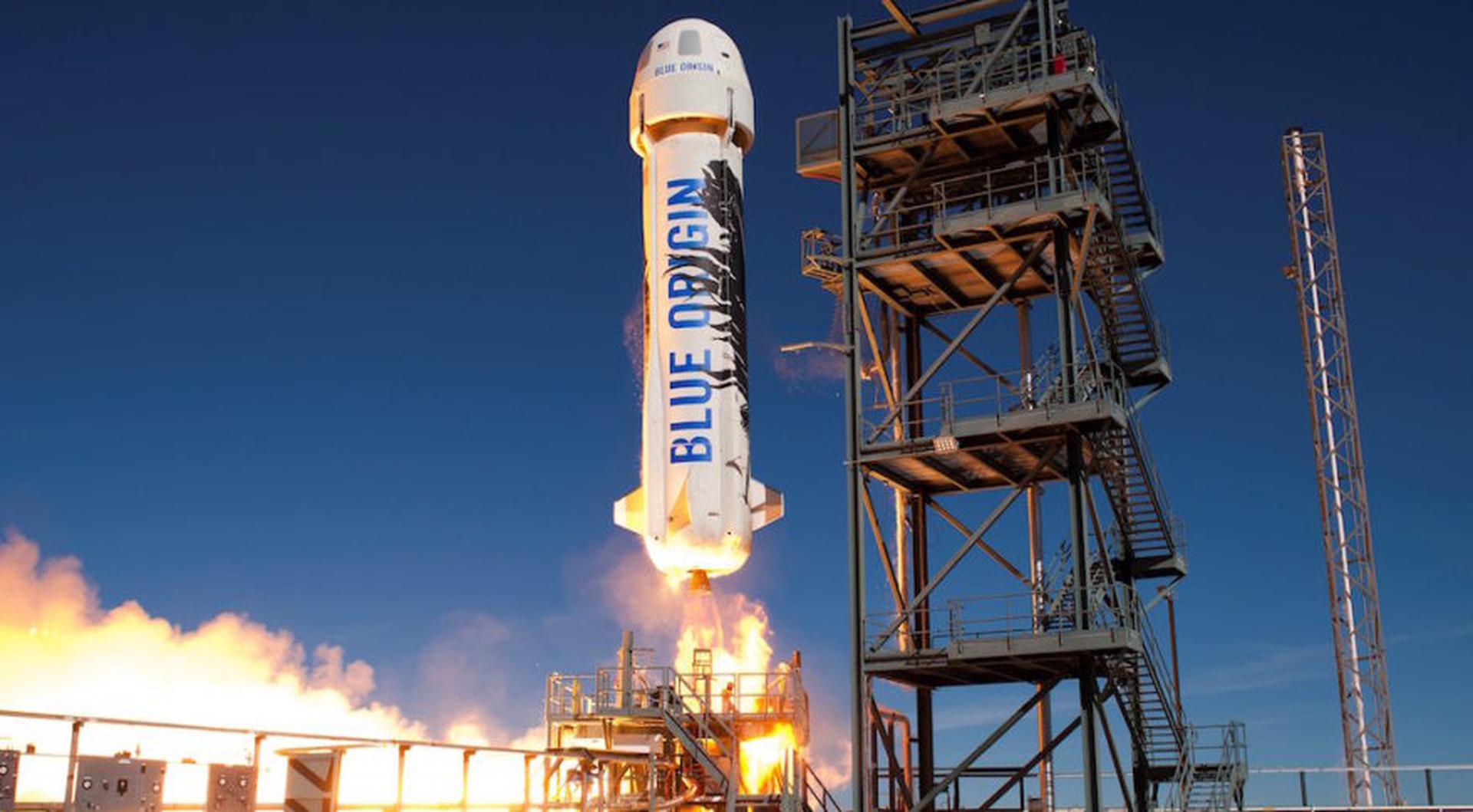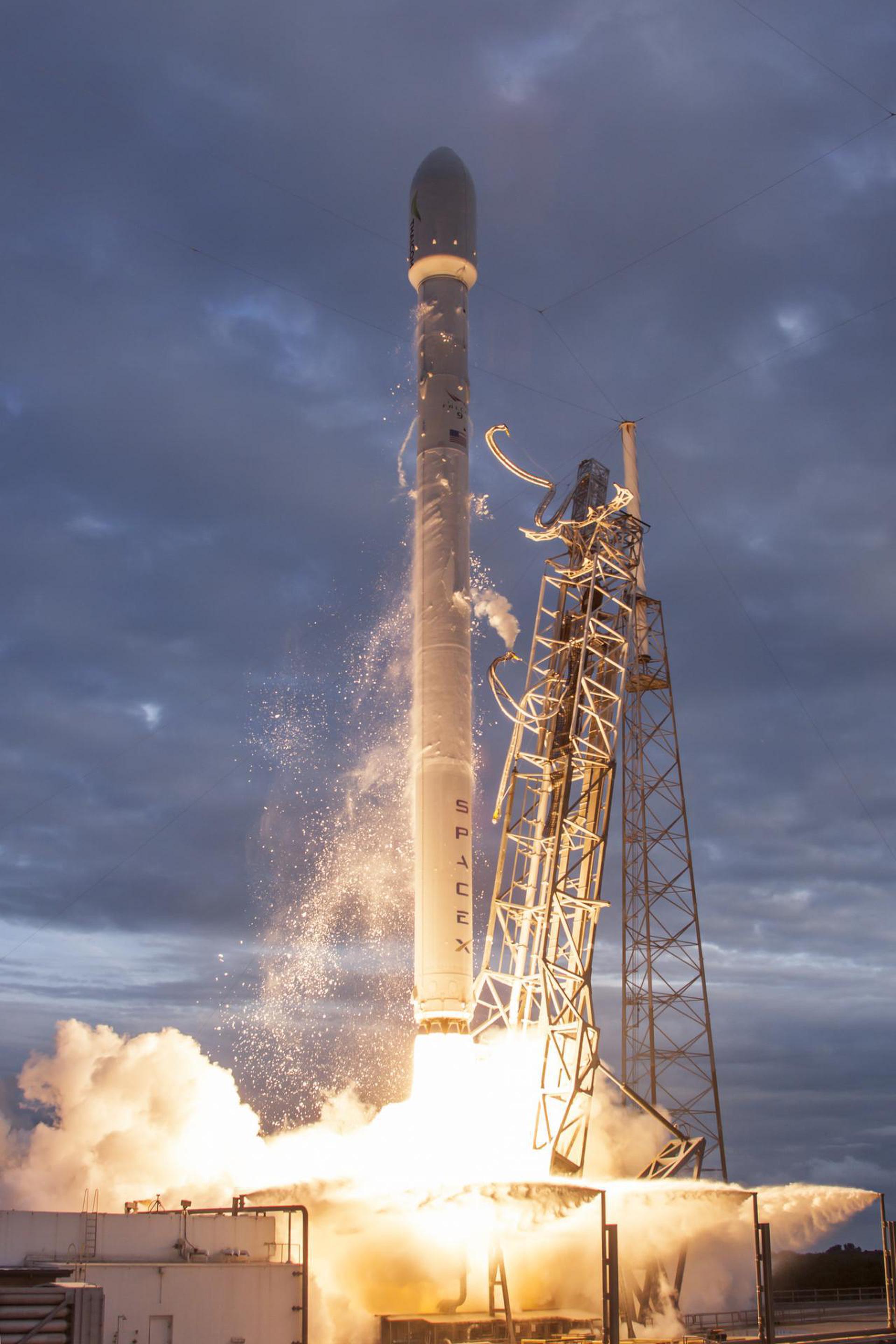Previous Spaceflight Launches
Filter by Agency, Locations or Vehicles
Show All LaunchesVega | Sentinel-2A
Avio S.p.A | ItalyGuiana Space Centre, French Guiana
June 23, 2015, 1:51 a.m.
Soyuz 2.1a | Kobalt-M (Kosmos 2505)
Progress Rocket Space Center | RussiaPlesetsk Cosmodrome, Russian Federation
June 5, 2015, 3:23 p.m.
Ariane 5 ECA | DirecTV 15 & Sky Mexico 1
ArianeGroup | FranceGuiana Space Centre, French Guiana
May 27, 2015, 9:16 p.m.
Atlas V 501 | OTV-4 (X-37B) (USA 261) (AFSPC-5) & ULTRASat cubesat deployer
United Launch Alliance | United States of AmericaCape Canaveral SFS, FL, USA
May 20, 2015, 3:05 p.m.
Status: Launch Successful
Mission:
It is the second flight of the second Boeing X-37B vehicle and the fourth flight of the program. United States Air Force Orbital Test Vehicle is an unmanned 5000 kg, 8.8 m-long reusable mini-spaceplane capable of autonomous re-entry and landing. The OTV-4 mission was to test Aerojet Rocketdyne's XR-5A Hall-effect thruster and conduct a NASA investigation for testing various materials in space. The mission concluded after 717 days in orbit, marking the first time X-37B landed on the Shuttle Landing Facility at the Kennedy Space Center.
Low Earth OrbitProton-M Briz-M | Mexsat-1
Khrunichev State Research and Production Space Center | RussiaBaikonur Cosmodrome, Republic of Kazakhstan
May 16, 2015, 5:47 a.m.
New Shepard | NS-1
Blue Origin | United States of AmericaCorn Ranch, Van Horn, TX, USA
April 29, 2015, 5:06 p.m.
Soyuz 2.1a | Progress M-27M
Progress Rocket Space Center | RussiaBaikonur Cosmodrome, Republic of Kazakhstan
April 28, 2015, 7:09 a.m.
Falcon 9 v1.1 | TürkmenÄlem 52E/MonacoSAT
SpaceX | United States of AmericaCape Canaveral SFS, FL, USA
April 27, 2015, 11:03 p.m.
Ariane 5 ECA | Thor-7 & SICRAL-2
ArianeGroup | FranceGuiana Space Centre, French Guiana
April 26, 2015, 8 p.m.
Falcon 9 v1.1 | SpX CRS-6
SpaceX | United States of AmericaCape Canaveral SFS, FL, USA
April 14, 2015, 8:10 p.m.
Status: Launch Successful
Mission:
A SpaceX Falcon 9 rocket launched the eighth Dragon spacecraft on the sixth operational cargo delivery mission to the International Space Station. The flight was conducted under the Commercial Resupply Services contract with NASA.
Low Earth Orbit B1015 - Maiden Flight Just Read the Instructions (Original)